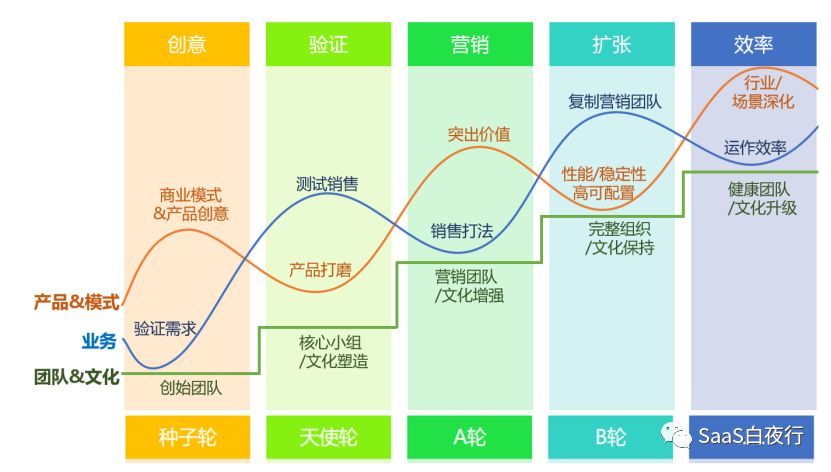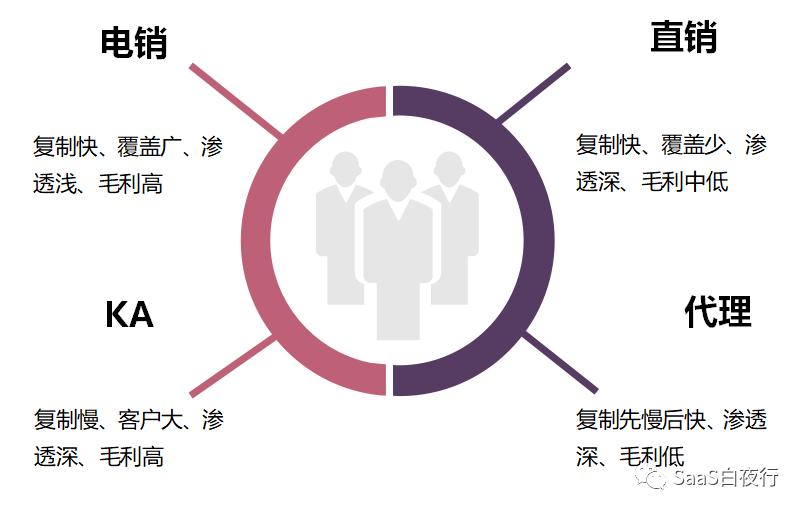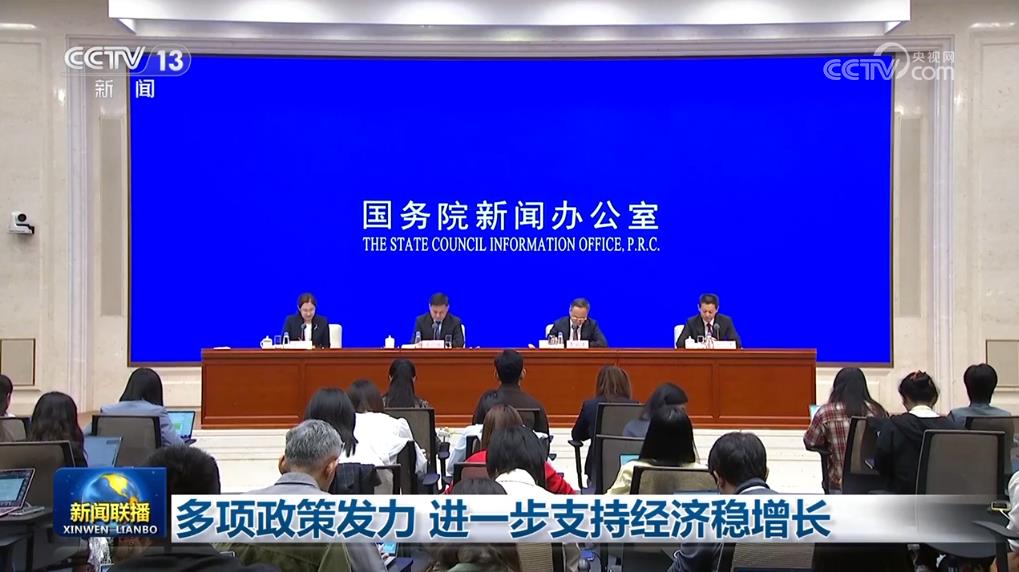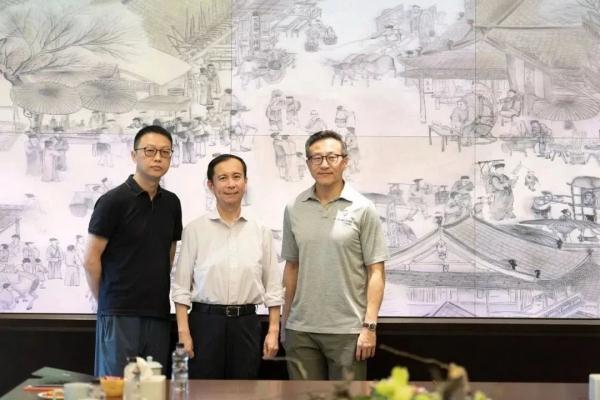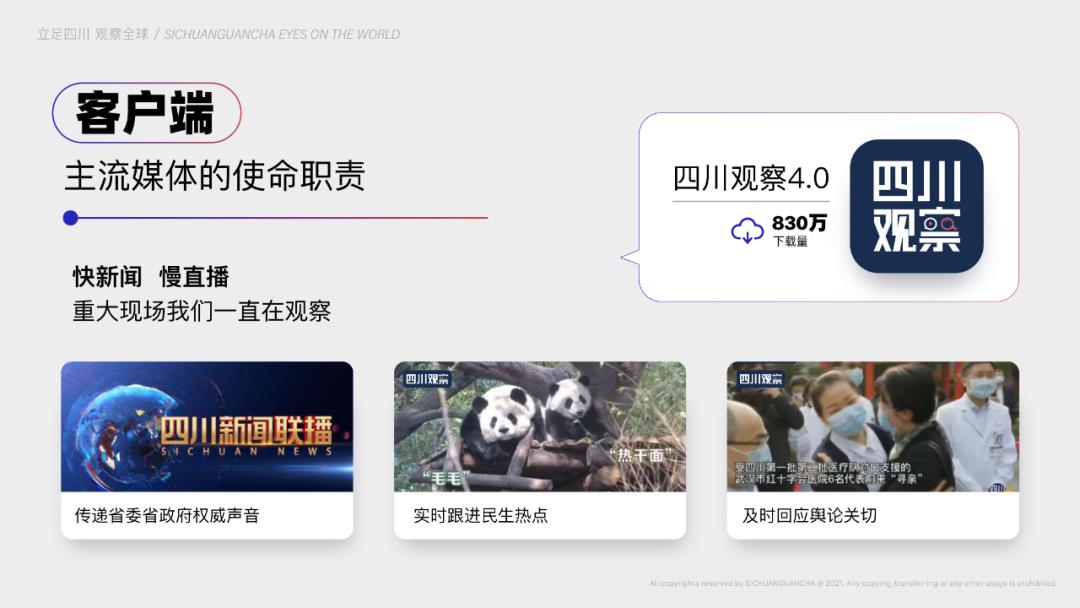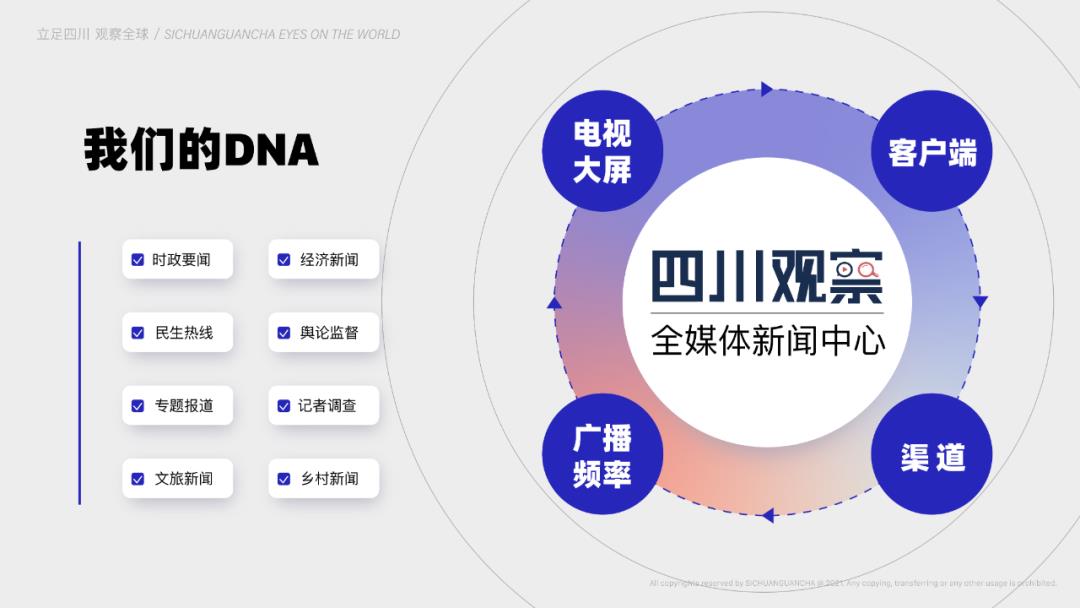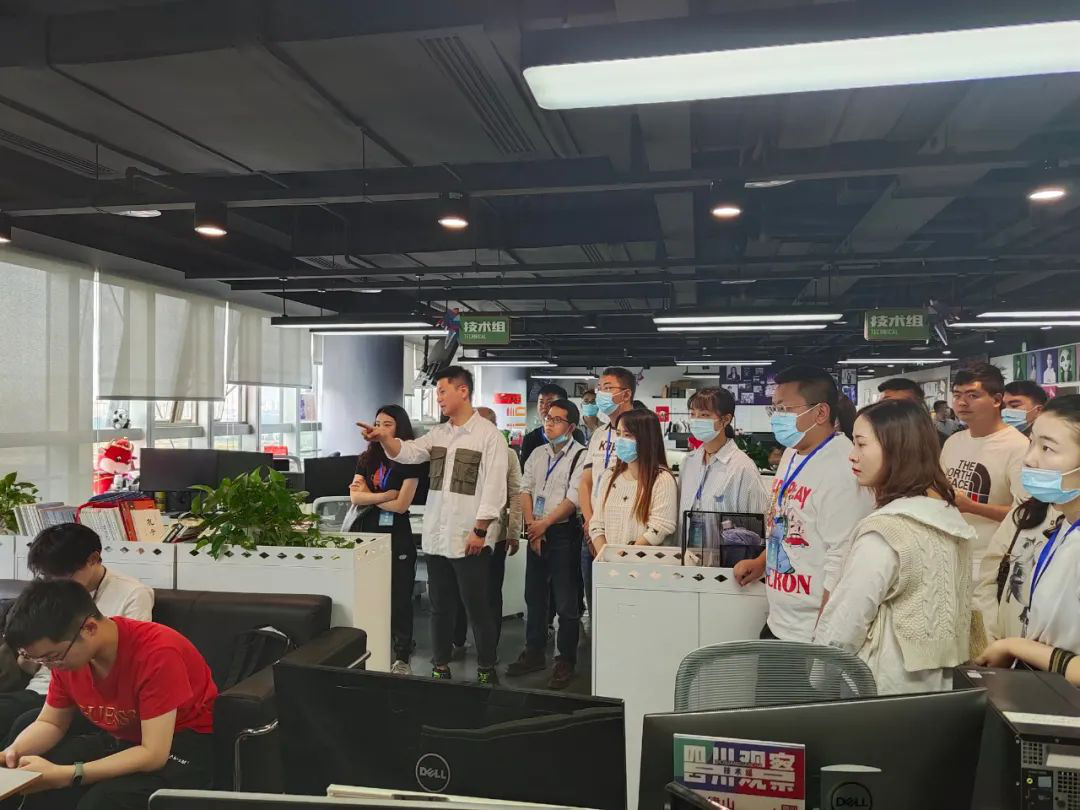Station A and bilibili are well-deserved "barrage video" giants in the current market, but apart from the secondary content and barrage culture, the development of Station AB is quite different now, one is high-profile and commercialized in many aspects, and the other is deeply involved in IP. But in essence, there is still no substantial breakthrough in the current business model of the two platforms.
Station A and bilibili may be regarded by many people as two-dimensional barrage websites. In fact, they are different in their founder style, operation strategy and audience. For example, Station A is deeper in the house. Compared with bilibili, there are more unpopular resources that otaku love. bilibili pays more attention to the development around the second element, such as otaku cultural tours and communities in Japan.
According to the recently disclosed data, there are far more users in bilibili than in Station A, and many people follow the story of Entertainment Jun. Many staff in bilibili look down on Station A and think that Station A is not an order of magnitude with bilibili.However, unlike the "Paradise of Professional Imperial Houses" in Station A, bilibili’s audience has quietly changed blood, and gradually changed from the small crowd to the public, and the core secondary culture has gradually diluted, and the secondary core fans have slowly lost, making it without barriers.
The difference between the public and the minority directly leads to the transformation of its commercialization road. First of all, look at the gold owners in A and bilibili. The following are the financing situations of Station A and bilibili respectively.
As we all know, because of the inconsistency between investors and managers, every time the company raises funds, it will lead to a large-scale high-level resignation. This is also one of the main reasons why Station A has been stagnant in recent years.The management didn’t understand the core value of Station A, and after squeezing out the original manager, they didn’t have the ability to operate, which eventually led to the gradual decline of Station A.
On the contrary, bilibili has become the investment target that capital loves because of its smooth commercialization.
Reading Entertainment Jun combed the commercialization road of Station A and bilibili, and found that, in fact, neither the high-profile bilibili nor the silent Station A, its so-called commercialization road, did not break through the originator of barrage culture: Japanese Station N (niconico). Niconico’s income mainly comes from membership fees, advertisements and offline activities (surrounding areas, tickets). Now N Station has developed into one of the few profitable video websites in the world. Some important Japanese political activities have also begun to broadcast live on Station N, which has also broadcast live the two sessions in China.
There are five main ways to realize cash in bilibili, which basically follow niconico’s business model.First, the game is combined transport, and the income from joint operation of games is quite rich. Like Collapse Academy 2, Blade of God, LOVELIVE! Many mobile games and page tours, such as Academy Idol Festival, Tale of Meruko, etc. At the same time, bilibili, who has gathered a large amount of two-dimensional deep powder, is also playing games by himself; The second is advertising, including all kinds of advertisements on the home page and video pages, special cooperation advertisements and so on; Third, the official Taobao shop, the derivative consumption of secondary content, mainly surrounding and tickets; The fourth is live broadcast, which can be used as diversion, and the income from website drawing is also considerable; Fifth, activities, various activities, tourism projects, concerts, offline fee-paying parties, including BiliBili Micro Link, Japan tour and so on. Especially recently, bilibili announced that tourism should be developed and financed separately.
Station A, which insists on the construction of accurate traditional secondary cultural community, is at a disadvantage. Originally, accurate fan positioning was also a way out, but the low management ability of Station A and the poor user experience at the client made it difficult to sustain the construction mode of community forums that were highly dependent on users. In addition, except for financing, station A has basically made no achievements: infringement crisis, "jumping the street" for 37 hours, blacklisting by the Ministry of Industry and Information Technology, and repeated replacement of CEO … …
After receiving the investment from Heyi Group, Station A will basically try its best to cooperate with the latter in various fields, such as self-made animation and film dramas, and the development of the entire IP industry chain. In addition, Station A itself is also incubating original content and supporting up owners. The business outside the content will be handed over to partners, including Aofei Animation, one of the shareholders of Station A..
"I don’t expand the field, I only do the depth. Because we are vertical enough, users are sticky enough. " Liu Yanyan, the current CEO, once said when he took office for seven months. However, in a recent media interview, he also admitted that Station A began to explore commercialization this year. He said, "It was not until July this year that the commercialization preparation was completely completed, and then advertising and game operation will be started."
In the interview, I revealed to the reporter the business plan of Station A: I will start to access advertisements soon, and I will try to collect membership fees; In the future, we will also consider proxy games, and at the same time, we will also launch live broadcast functions.
What? Isn’t this the rest of bilibili’s play? !
But excessive commercialization is not a good thing.
First of all, more users do not mean stronger liquidity.According to bilibili CTO in September, users aged 0 to 17 are the main users in bilibili, accounting for 37.6%; About 30% are 18 to 24 years old; Users over 25 add up to less than 10%. If the unknown part is users under the age of 17, the number of young users in bilibili will be close to half.
According to the network data, most of the users in Station A are male, accounting for over 80%, mainly between the ages of 20 and 29. The biggest feature of such users is their strong vertical consumption power. Compared with bilibili, which accounts for nearly half of the young users, users in Station A have stronger ability to pay, especially when A and bilibili regard games as an important source of their income.
Moreover, the main profit point of Station A and bilibili is "game joint venture", but from the perspective of users’ age in bilibili, their younger age has affected their ability to pay. In this way, on October 10th, bilibili introduced the "big membership" system with a monthly 25 yuan of 233 yuan, which is not a good move.
Secondly, in terms of user stickiness, bilibili’s "open membership" can’t keep users for a long time.
It must be said that the quality of barrage is better than that of station A. As a platform of barrage culture, in recent years, in order to expand users on a large scale and reduce membership, bilibili has created a group of users with low quality, which has seriously reduced the quality of barrage. There are many non-secondary users who are searching for answers while answering questions (after passing the exam, they have the right to send barrage), and there is often a phenomenon that fans fly all over the screen "This is my husband".
Compared with a large number of popular science barrage and wild subtitles in Station A, bilibili’s barrage is really "elementary school students’ level", which makes many senior houses abandon it and switch to Station A..
In addition, at the beginning of September this year, bilibili set up an advertising area and inserted 15-second advertisements into popular cartoons. Non-otaku people like Reading Entertainment Jun, who "came to bilibili because they didn’t want to watch advertisements", will definitely abandon it after a large number of advertisements are mixed in bilibili.
Because of the earlier development of Station A, its users have higher brand loyalty, higher user retention rate and higher payment rate. Although bilibili’s popularization route can bring large traffic and high-quality investors, there are no barriers to popularization, and bilibili’s development road becomes: "video website with barrage" — — "Iqiyi without advertisements" — — "Video websites with travel services" eventually became Youku and Iqiyi, which is not a good phenomenon; The cultural tonality advocated by Station A is a selling point, which brings the secondary population together to form a resource barrier. Of course, it is better to add a clearer commercialization model.
[titanium media author introduction: reading entertainment, WeChat ID: hanguoxingyule]
More interesting and sharp opinions, pay attention to the titanium media micro-signal (ID: taimeiti), or scan the QR code to download the titanium media App:
